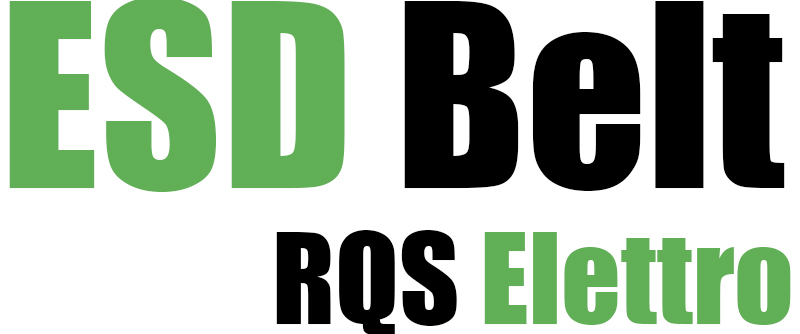Specification and model introduction of sidewall conveyor belt
The sidewall conveyor belt is an important material conveying device that is often used to transport solid materials and bulk materials. It uses a transmission device to drive the conveyor belt to work in order to transport materials. In order to ensure the smooth movement of materials, a sidewall conveyor belt is produced, whose function is to ensure that the materials on the conveyor belt will not fall from the side. In the production line, the sidewall conveyor belt plays an irreplaceable role. Next, let us introduce the specifications and models of the sidewall conveyor belt. 1. Width: The width of sidewall belts is determined by the manufacturer. The standard width of ordinary sidewall conveyor belts is usually 500, 650, 800, 1000, 1200 and 1400mm. In addition, according to the user’s requirements, the width of the sidewall conveyor belt can also be adjusted according to different materials and production line requirements. 2. Belt speed: Belt speed is an important parameter of the conveying speed of the sidewall conveyor belt. It directly affects production efficiency. Typically, motorized sidewall conveyor belts have adjustable speeds, depending on productivity requirements. The speed of ordinary sidewall conveyor belts is usually between 0.8-4.0 m/s. 3. Length: The length of the sidewall conveyor belt is also an indicator of production efficiency. On different production lines, the length of the sidewall conveyor belt is also different. The length of ordinary sidewall conveyor belt is usually between 5-30 meters. 4. Power form: The power form of the sidewall conveyor belt is usually electric, and it can also be driven by other types. In addition, according to different materials and operating environments, you can also choose to use winding motors and linear motors to drive. 5. Rib structure: The rib structure usually adopts steel frame structure, support frame and drum structure. The carrying capacity of the sidewall conveyor belt is improved, thereby increasing production efficiency. The above is the introduction of the specifications and models of the sidewall conveyor belt. When purchasing sidewall conveyor belts, different specifications and models should be selected according to the actual situation of the production line to ensure more efficient and reliable material transportation.









